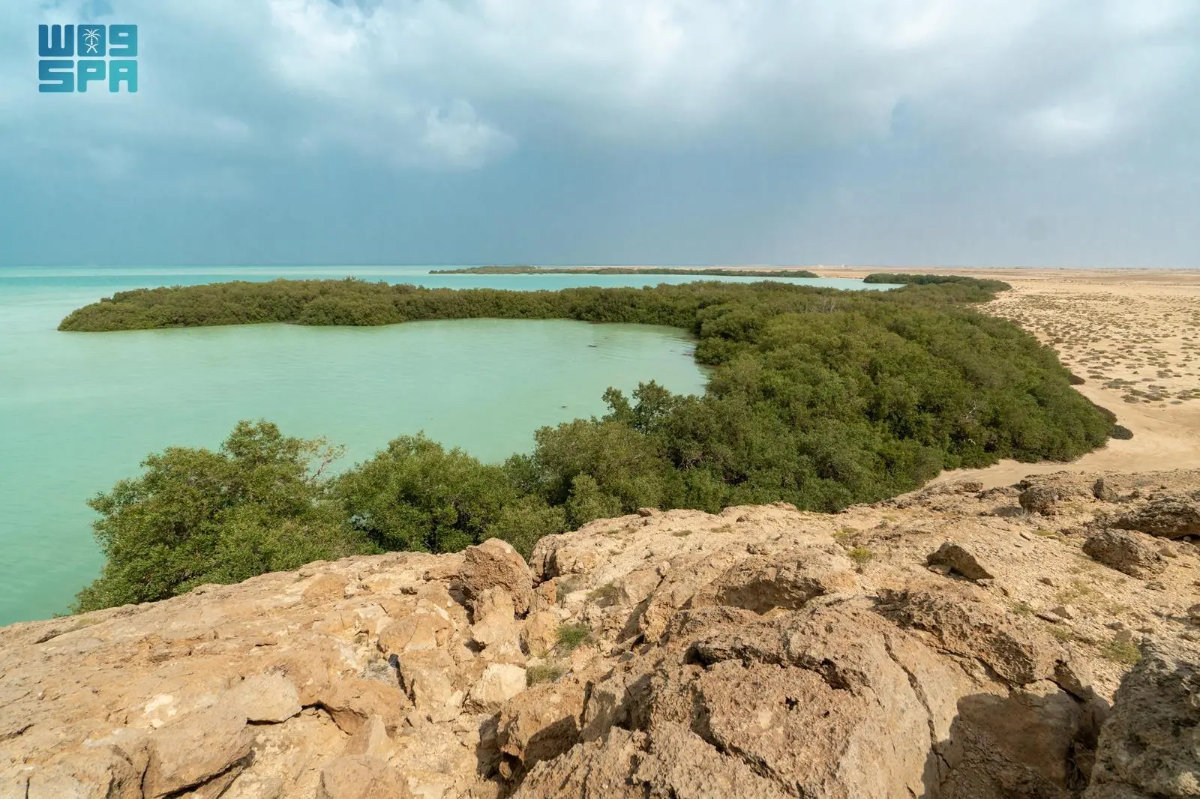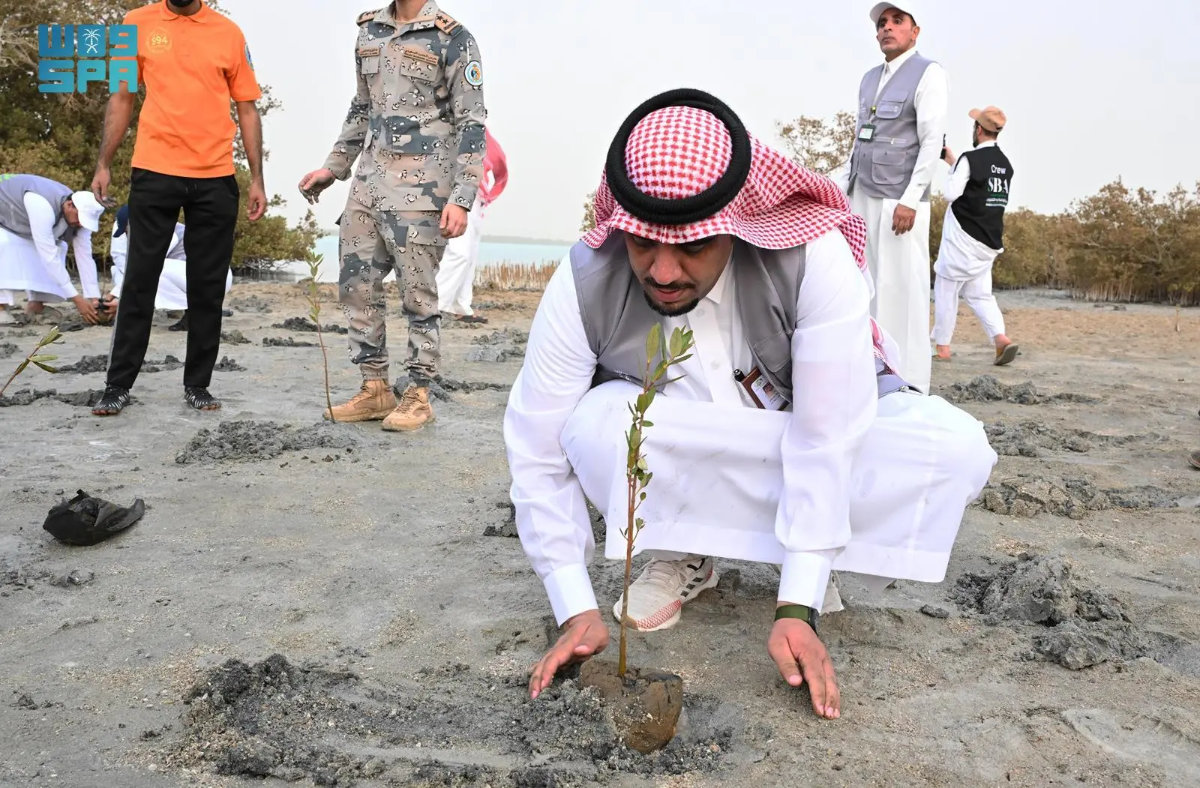RIYADH: The Kingdom of Saudi Arabia is on track to plant 100 million mangrove trees by 2030 under the Saudi Green Initiative and Vision 2030.
Saudi Arabian news agency recently reported that around 13 million mangrove saplings have been planted since the launch of an ambitious coastal cover project last year, citing a progress report from the National Center for Land Cover Development and Combating Desertification.

Mangroves work together with coral reefs and seagrass meadows to maintain healthy coastal zones, marine scientists say (SPA)
Most of the projects reported by NCVC are being implemented along the Kingdom’s Red Sea coast, with Jazan province having the most seedlings at 5.5 million, followed by Makkah province with 2.4 million, Madina with 2 million, Tabuk with 1.5 million and Aseer with 1 million.
The report said that along the Arabian Gulf coast, the eastern provinces have already planted 500,000 seedlings.
However, before the official launch of the project along the Arabian Gulf, the centre said it had already planted 700,000 saplings, including 200,000 on Ras Abu Ali Island in Jubail Governorate and 500,000 in Al Wajh Governorate.
“The project includes fencing and seedling care to protect the seedlings from algae and seaweed, and protect the site from animal husbandry and encroachment,” SPA reported.
In addition, NCVC and Asir Region Development Authority launched the “Mangrove Restoration” project on Wednesday, in celebration of the United Nations’ International Mangrove Conservation Day, which is observed every year on July 26.

Mangrove planting in Al Barak Governorate, Asir Region (SPA)
Campaigners planted 500 mangrove saplings on a beach in Al Barak Governorate, spearheaded by Al Barak Governor Abdullah bin Ali bin Muhya and Mayor Nasser Saeed Al-Shahrani.
The NHSO reported that it aims to raise awareness about the importance of planting and conserving mangrove forests amid climate change and global warming.
Mangroves work together with seagrass and coral reefs to help keep coastal areas healthy, marine scientists say
They have been found to provide essential habitat for thousands of species, help stabilize coastlines, prevent erosion, and protect communities from waves and storms.
“About 75 percent of commercial fish caught spend their time in mangroves or rely on food chains that can be traced back to these coastal forests,” according to the American Museum of Natural History.
Many countries that have been severely affected by mangrove destruction have seen continued declines in fish stocks.
